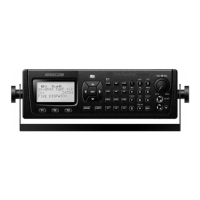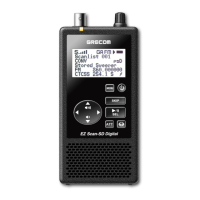Why is the reception so poor on my Grecom Receiver?
- BBenjamin HernandezJul 31, 2025
Poor reception on your Grecom Receiver can occur due to several reasons. Weak signals from distant stations may be the cause, in which case you should try repositioning the radio for better reception. If the attenuator is in use, check performance with and without it activated to find the best setting. Strong signal overload from nearby transmitters can also cause this, so again, test the attenuator settings. Inspect the antenna and connectors for any issues. Finally, make sure that the proper modulation mode is selected for the type of system you are monitoring.


